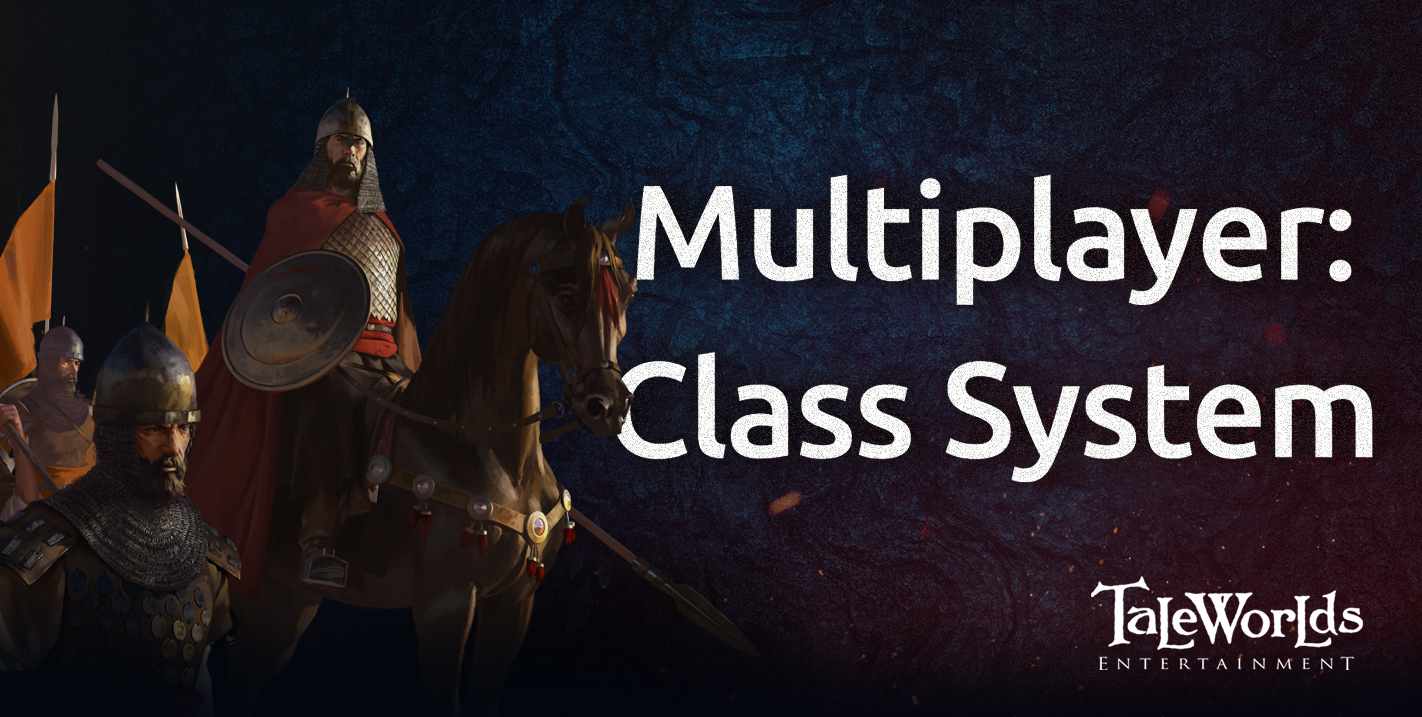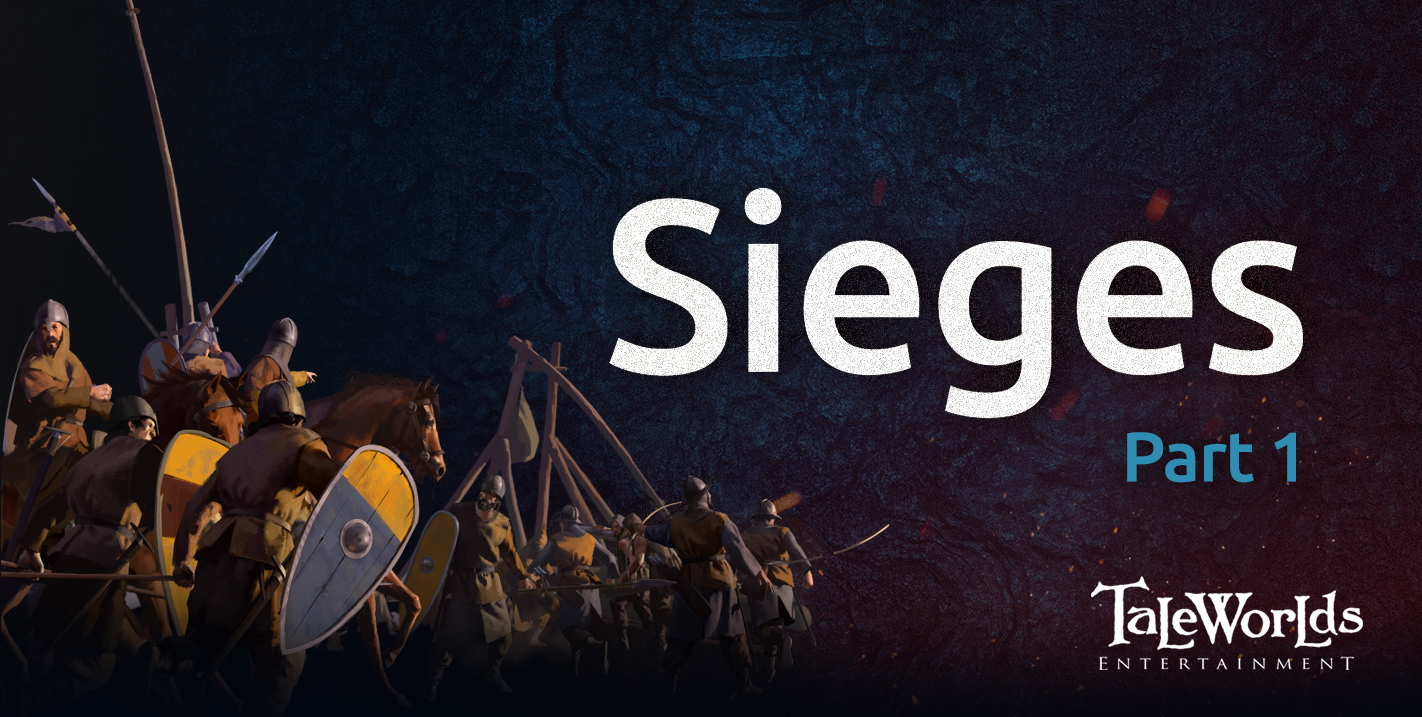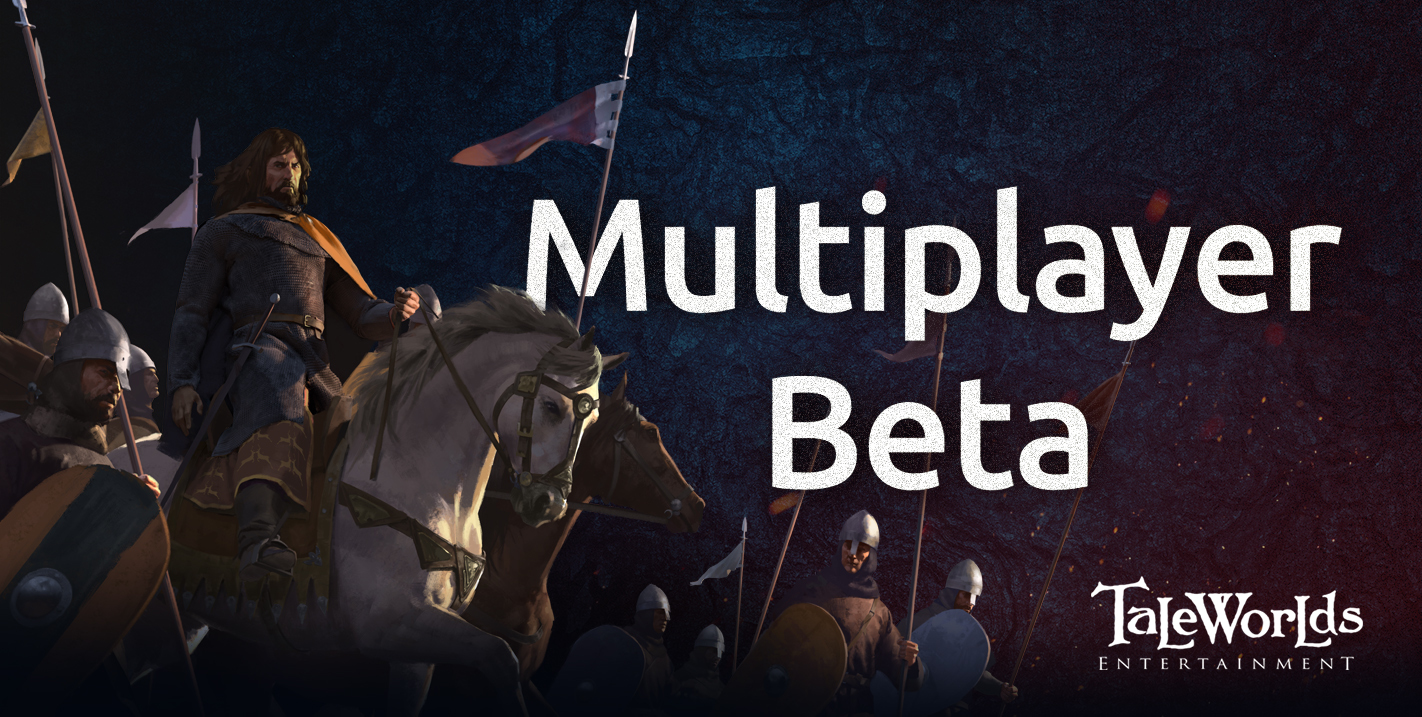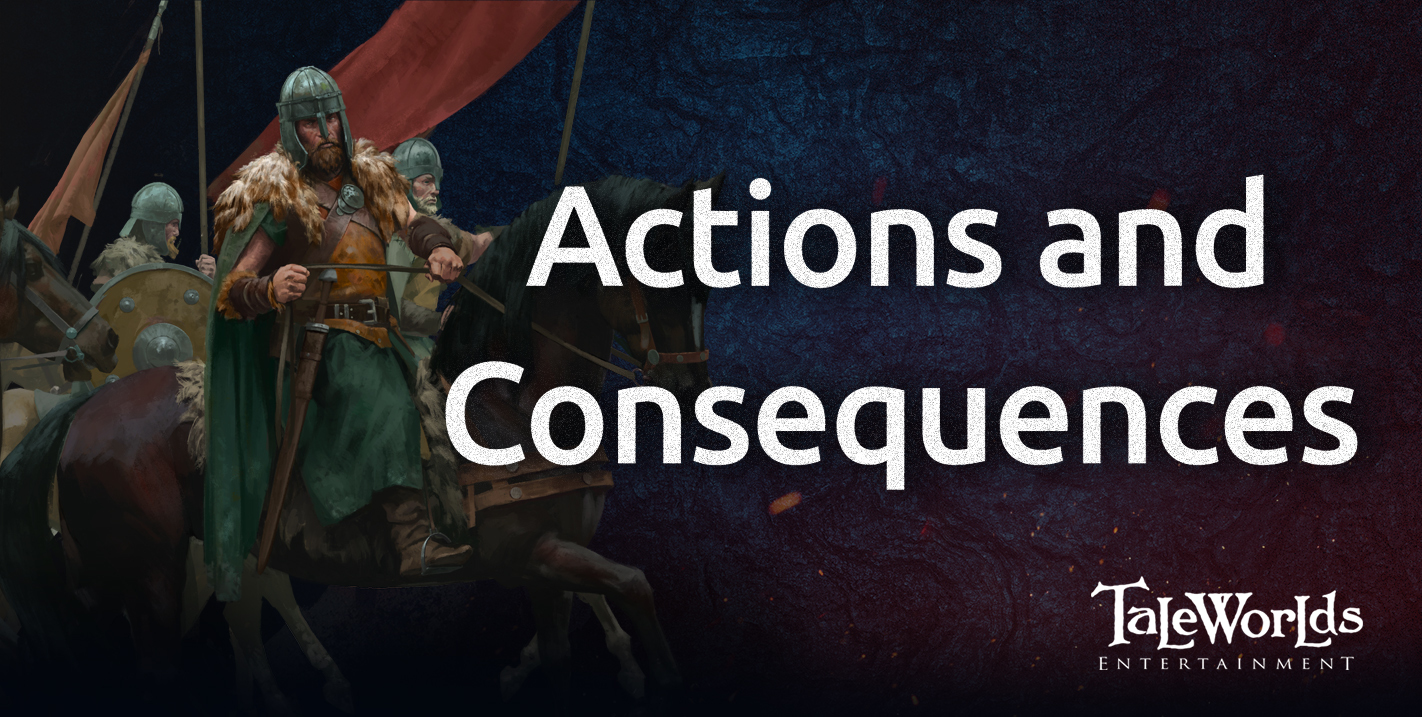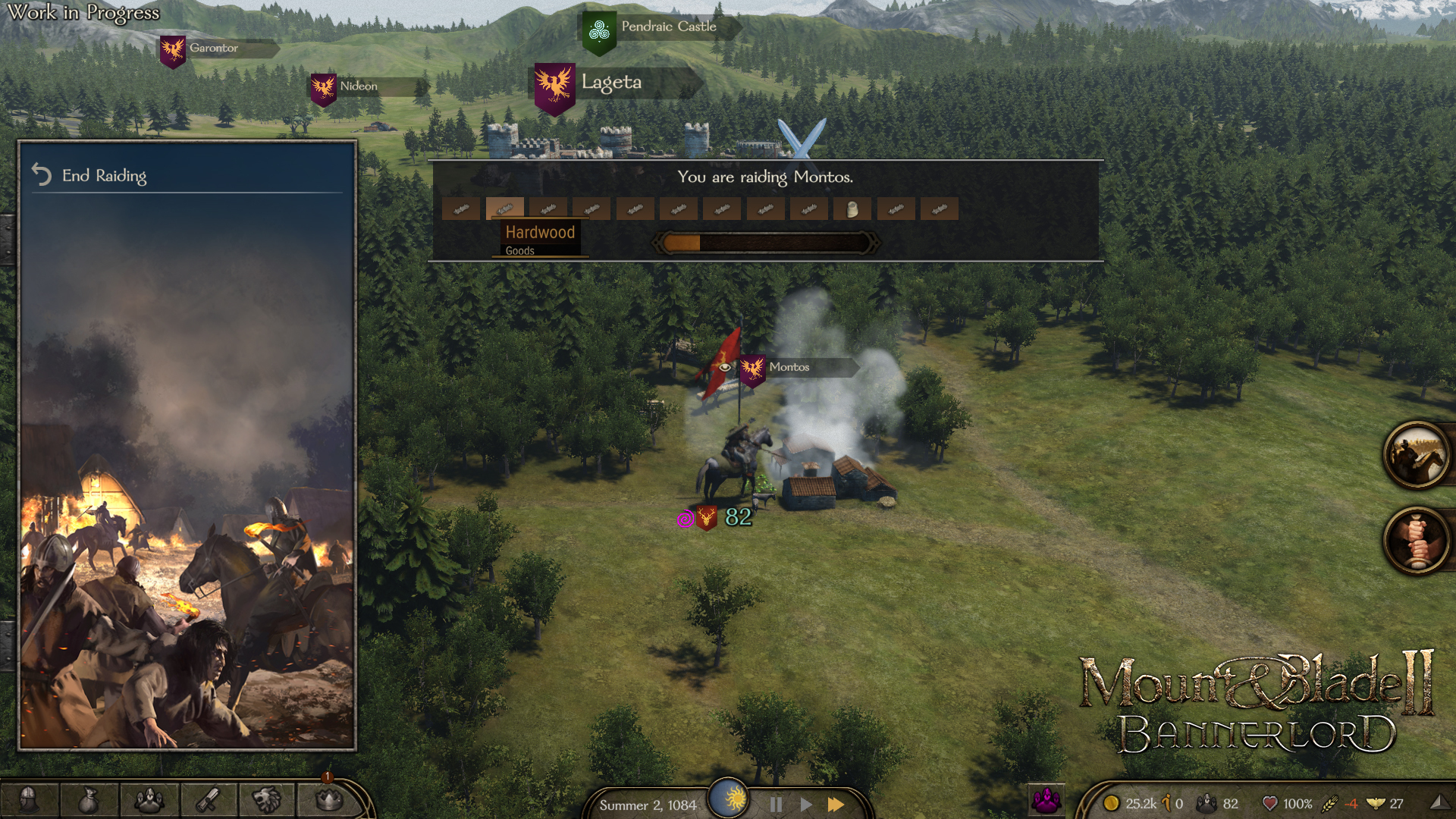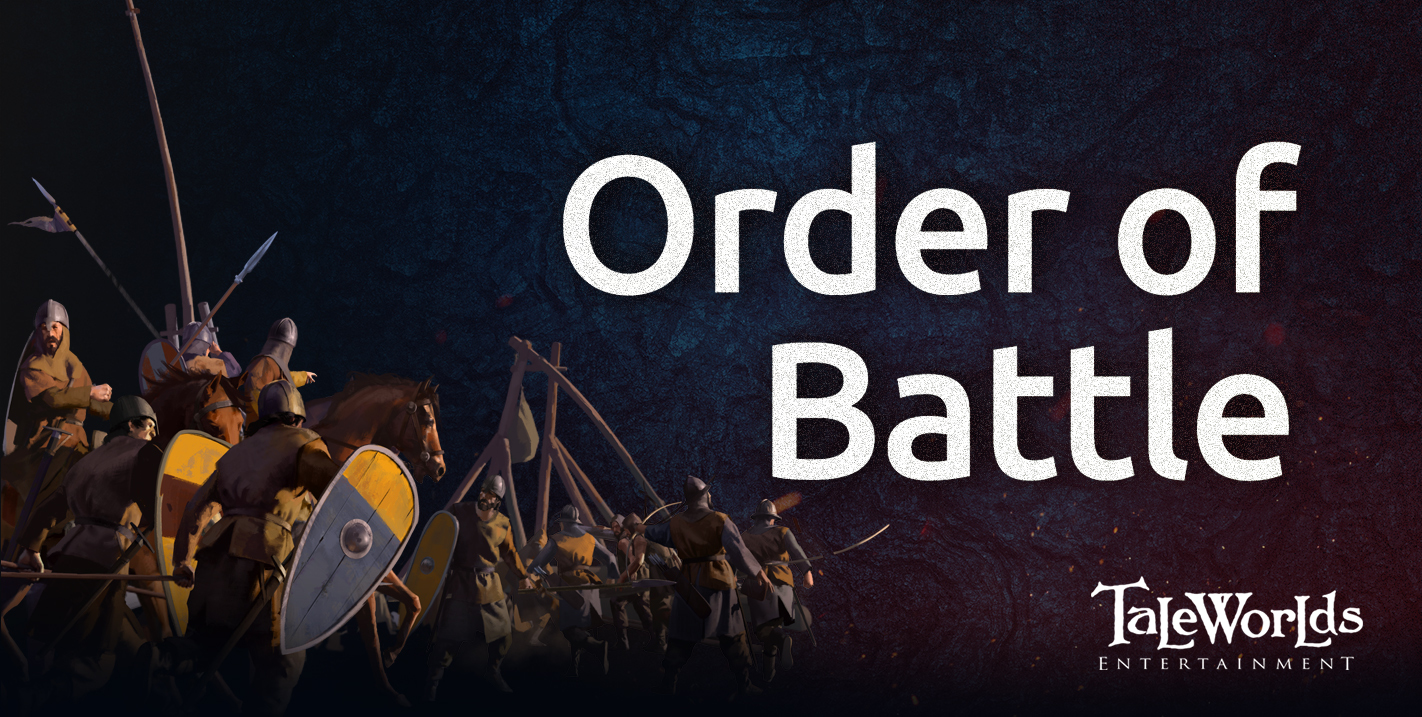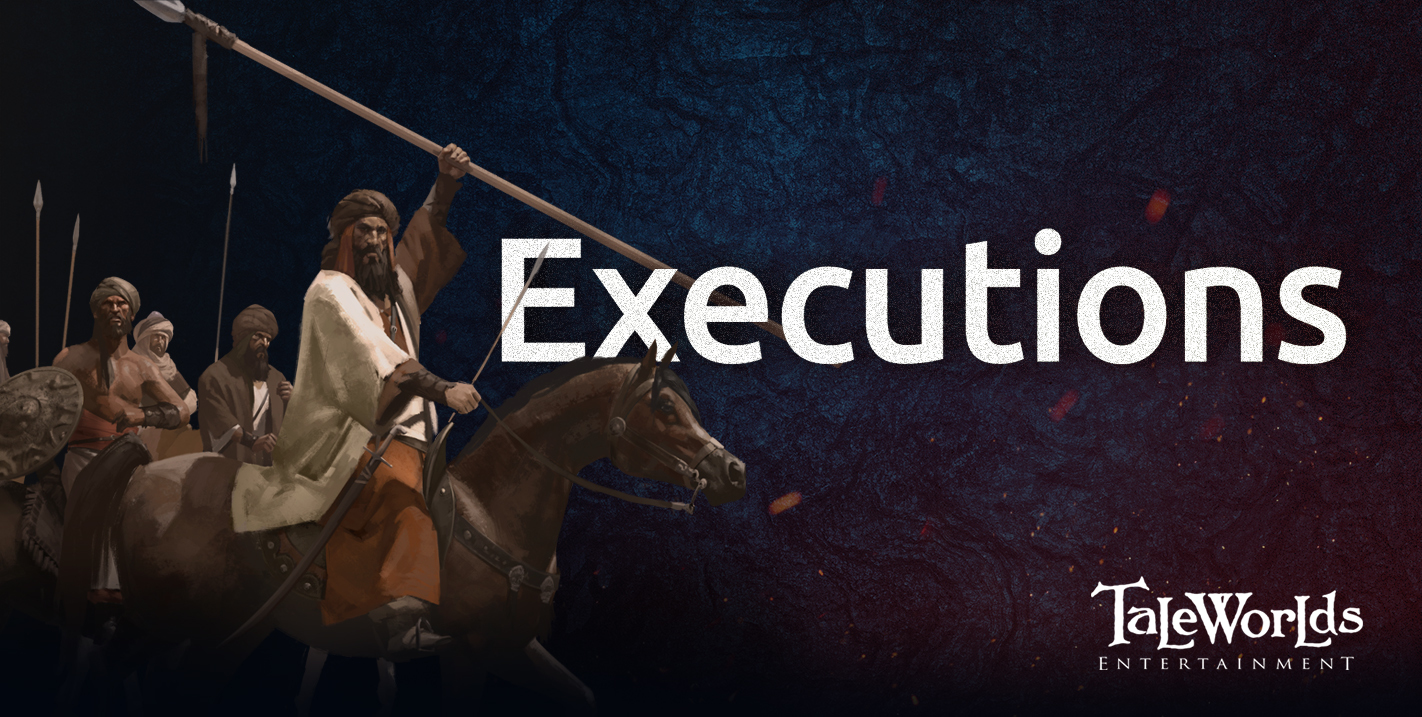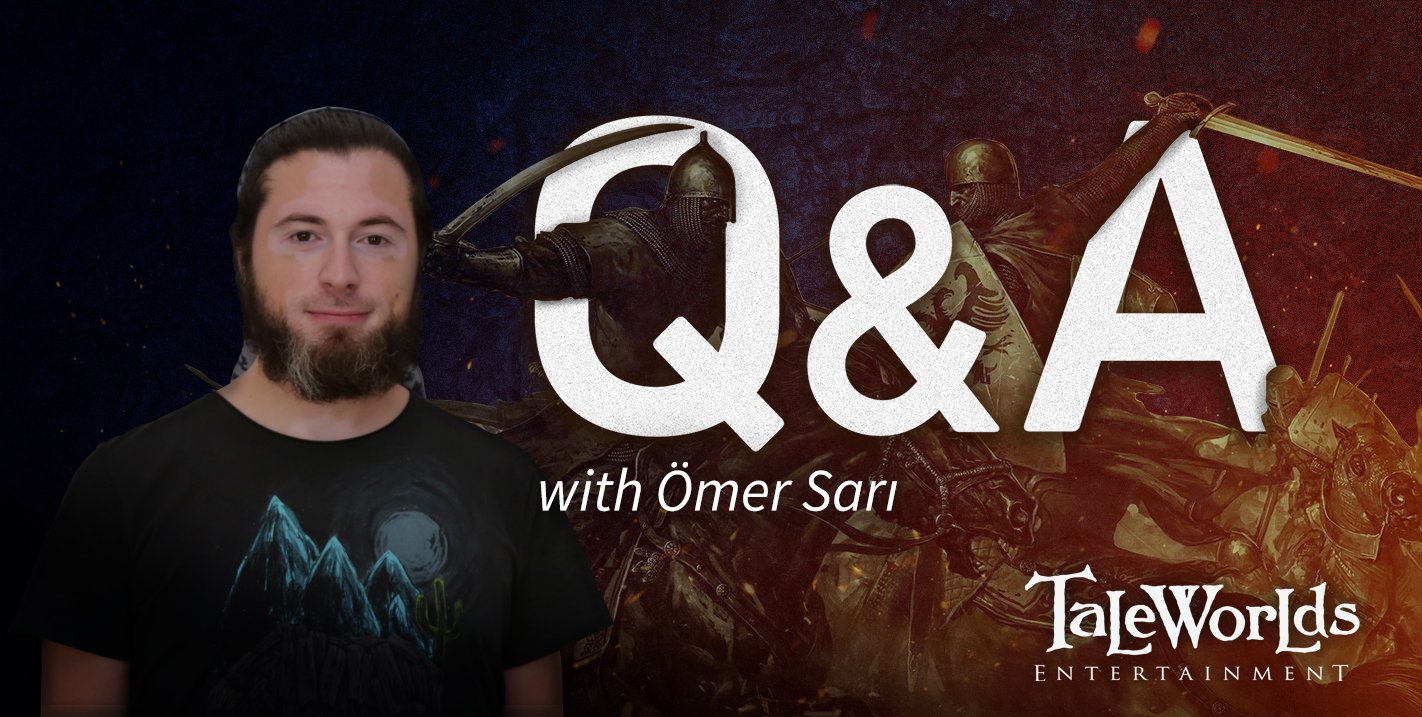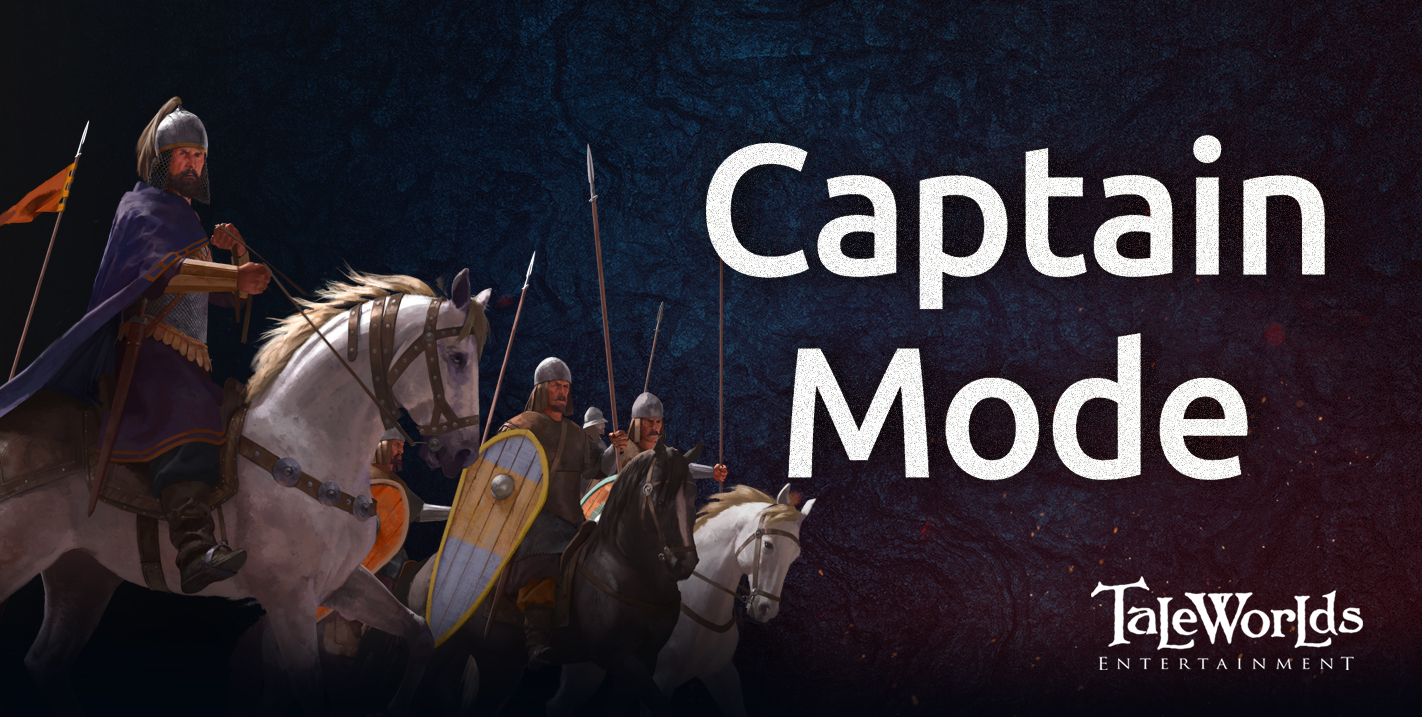
The Mount and Blade 2: Bannerlord multiplayer closed beta finally got underway a couple of weeks ago, and today developer Taleworlds decided to talk a bit about what's going on. A new update posted to Steam digs into the details of the game's multiplayer class system, which enables players to gear up in preset infantry, ranged, or cavalry-based loadouts before spawning.
Taleworlds said that its goal is to ensure that every class is viable, with different strengths and weaknesses that prevent any of them from dominating in all situations. "Some classes are clearly stronger and better equipped than others, but this doesn’t necessarily mean they will perform at a higher level in all instances, and of course, they also come at a much higher cost which limits your options when it comes to respawning," the studio explained.
Players will use points to select their class, which is essentially a reworked (and renamed) version of Mount and Blade: Bannerlord's money. Better equipped classes will require more points to field, which is obvious enough, but where it promises to get interesting is in game modes that support respawning. Each respawn will also require points, meaning that point management over the course of a round will determine how often you can respawn, and with what classes.
Individual classes will be slightly customizable via a system of perks, and will reflect their factions not just cosmetically, but also in terms of the equipment they use and the actual jobs they perform. As a result, the strengths and weaknesses of each faction will be seen in their individual classes, which will influence the strategies and tactics they're best equipped to use—and which are best used against them.
"Overall, we think these changes to the multiplayer class system will make for a fairer, more accessible multiplayer experience that promotes teamwork and communication, and centers the gameplay on the skill-based directional combat system that is at the very core of Mount & Blade games," Taleworlds said. "It ensures that, at a glance, you can see exactly who your opponent is, and what their abilities and limitations are while eliminating the possibility of obscure meta builds from becoming prominent and ensuring that the game remains somewhat balanced."
The Mount and Blade 2: Bannerlord multiplayer closed beta is ongoing, but alas, there's still no sign of a release date.




